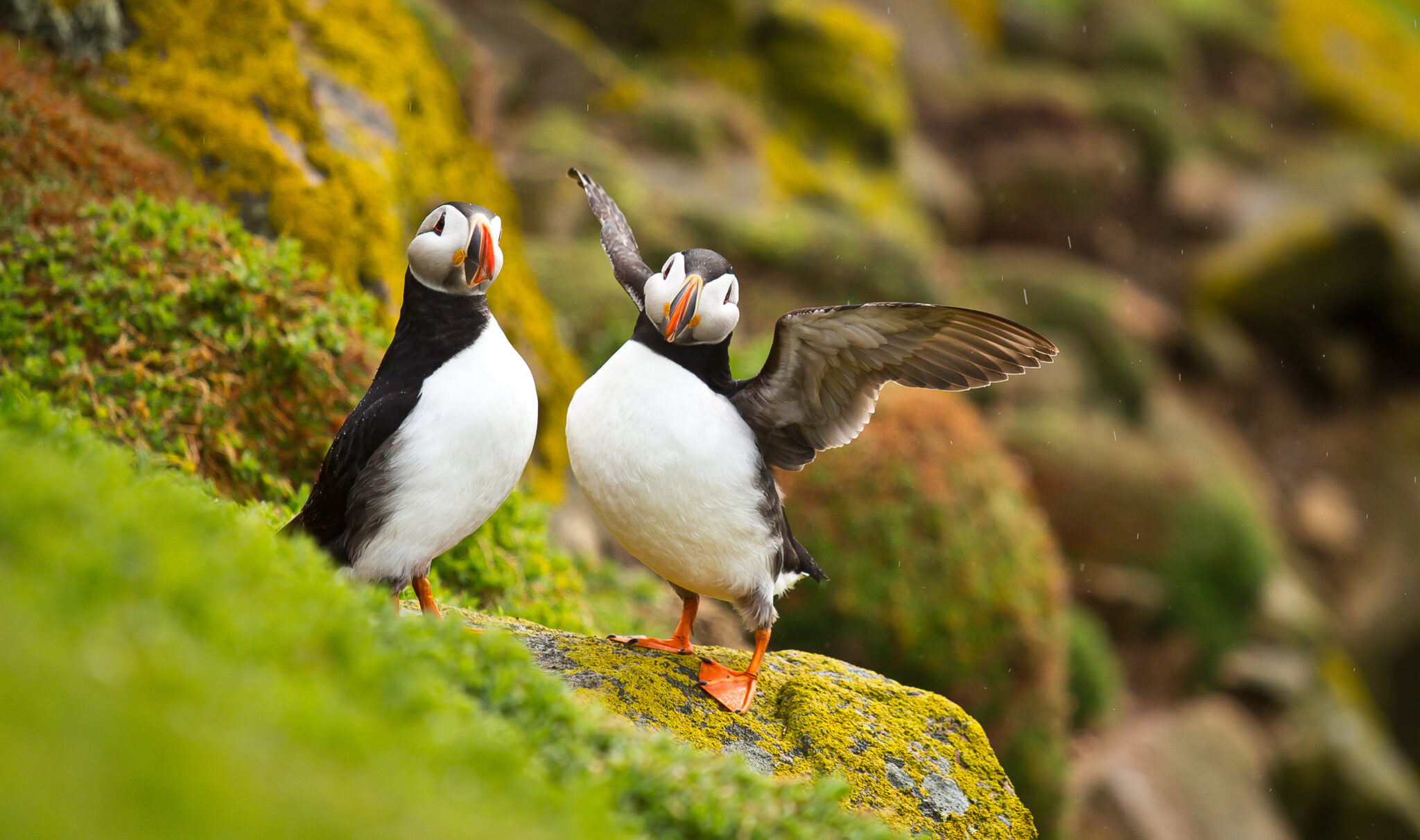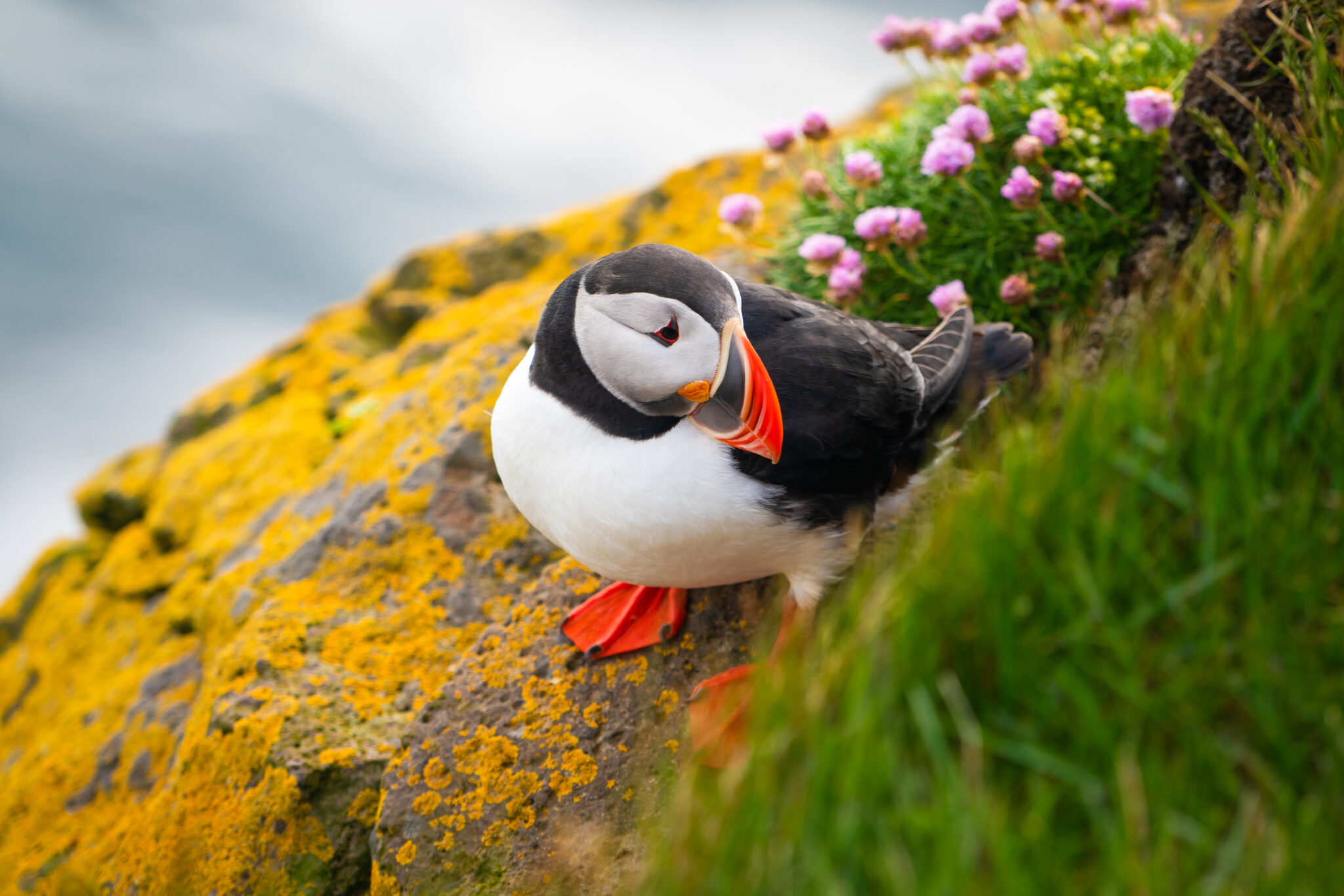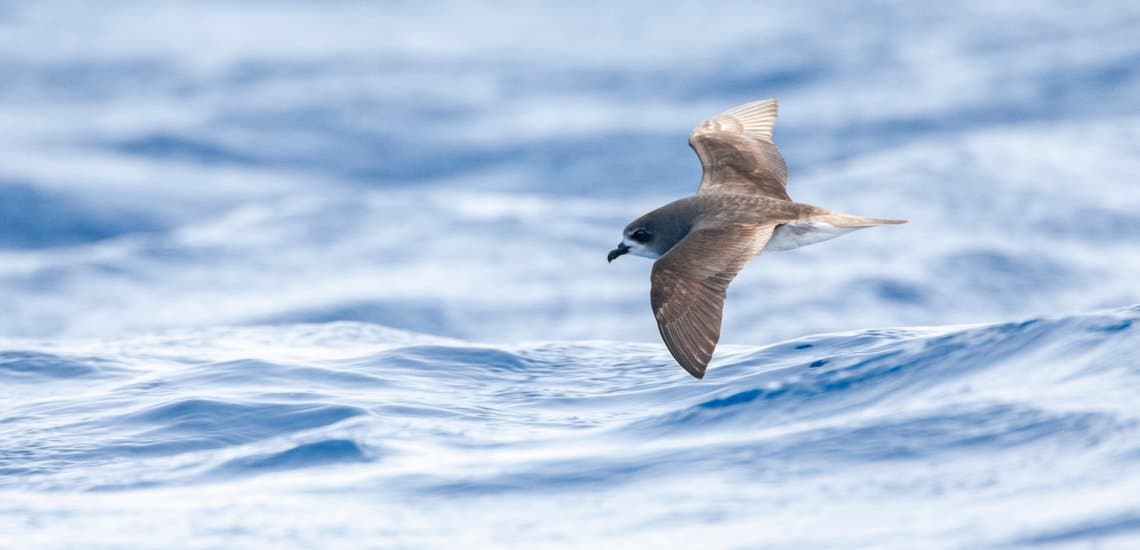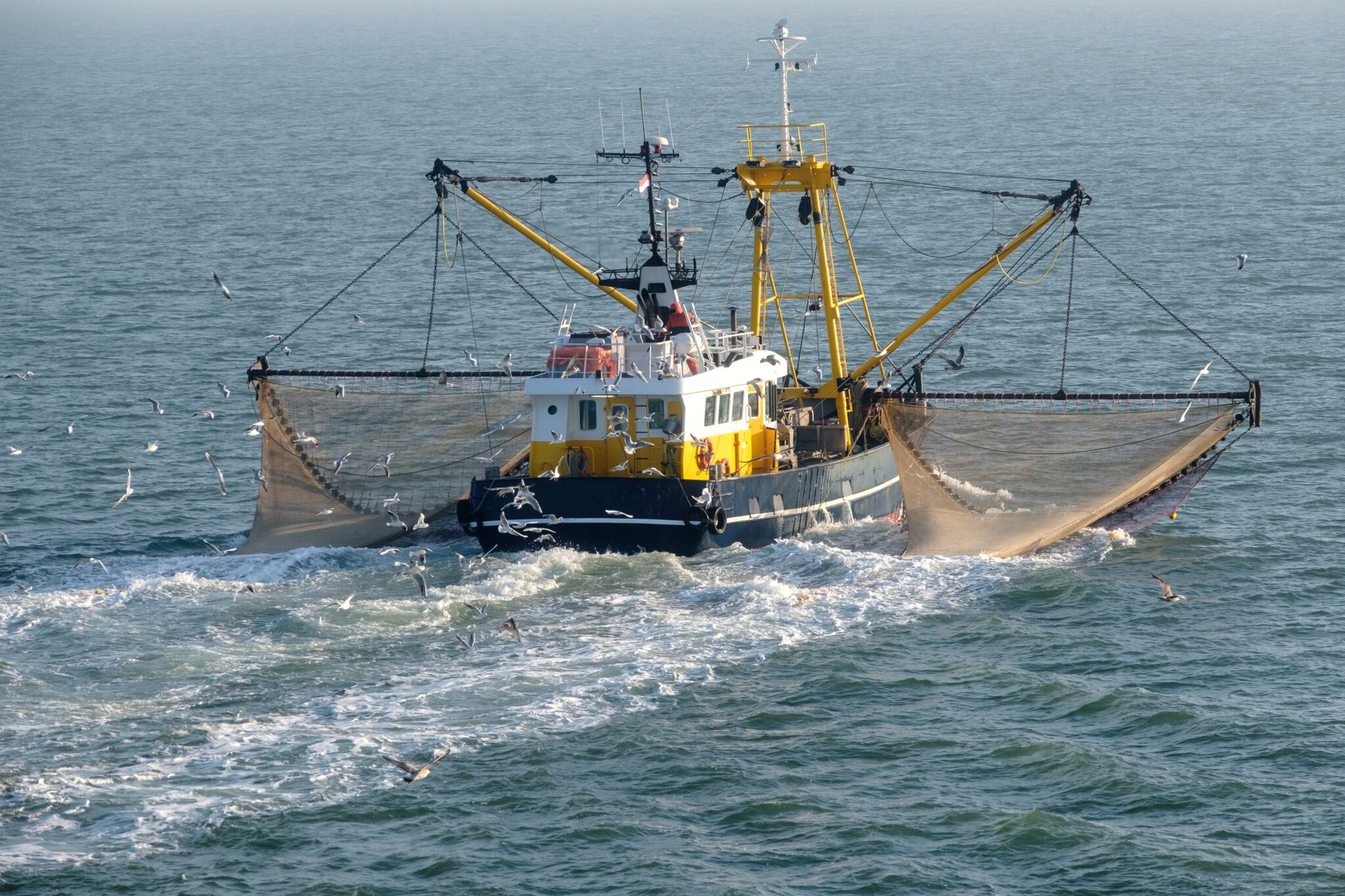Protecting a seabird haven – from seafloor to sea surface
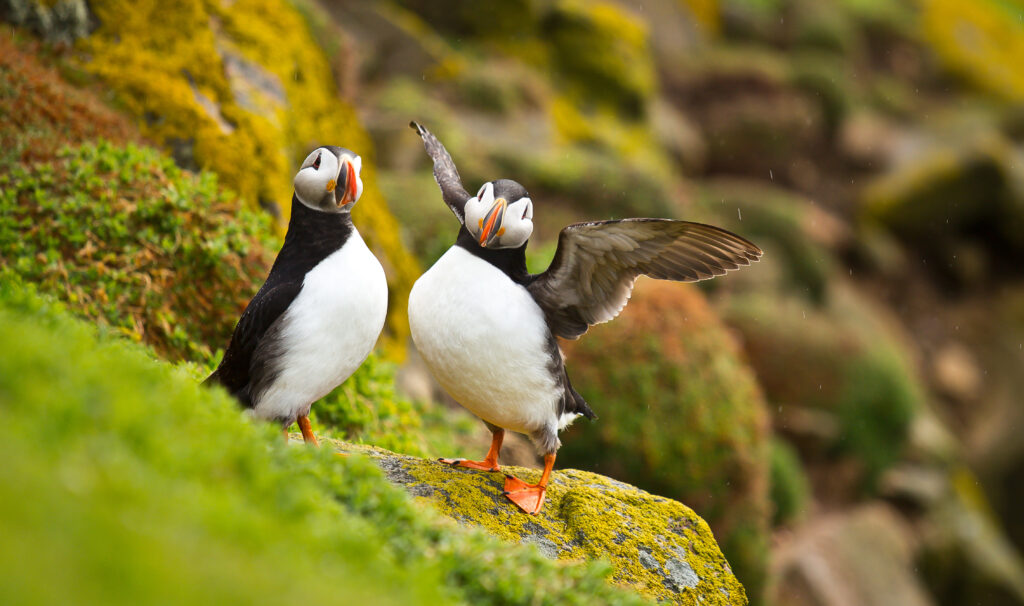
Through a huge collaborative effort led by BirdLife International, a major seabird hotspot was discovered in the middle of the North Atlantic Ocean. Using tracking data from 21 different species from 56 colonies across the North and South Atlantic, BirdLife mapped an area the size of France that is used annually by up to 5 million seabirds.
This makes it one of the most important concentrations of migratory seabirds in the Atlantic and the first discovery of seabird concentrations of this magnitude ever documented on the high seas. The name of the area is NACES – the North Atlantic Current and Evlanov Seamount. It was designated as a Marine Protected Area by the OSPAR Convention in October 2021. This is of course great news, but unfortunately, the seafloor within the site was not included in the protection.

Why is it important to protect the seafloor?
Seafloor ecosystems are key to safeguarding the food chain that all species in the area depend on. The fluidity of water means that marine ecosystems – from water column to seafloor – are intrinsically connected. Any alterations (e.g., from human activities) in one of these two elements is bound to affect and disturb the other.
Among the visitors of the area, we can find iconic species such as the Atlantic Puffin, the Arctic Tern and the Little Auk. But this area is not only important for seabirds. Under the surface, the NACES Marine Protected Area is home to abundant and diverse marine biodiversity. The site is important for several threatened species such as Blue whales, Leatherback turtles, Loggerhead turtles, Atlantic bluefin tunas, Basking sharks, corals, and deep-sea sponges. Without a protected seafloor, this haven for nature is still at risk.
The seafloor within the NACES MPA is highly biodiverse including a wide range of biotopes such as the Evlanov Seamount and Mount Doom caldera. These deep-water ecosystems play an important role in supporting benthic species, such as corals and crabs, and pelagic species, such as tuna and sharks, increasing fish abundance, and even serving as nursery areas for invertebrates and fish.
The NACES MPA has a high carbon sequestration potential. Sediments in abyss/basin zones account for 79% of the global marine sediment carbon stock. Given the size of the NACES MPA, the sediment within the site likely represents a significant carbon storage. Protection of the seafloor will contribute to OSPAR’s objective to mitigate climate change and ocean acidification, including by safeguarding the marine environment’s role as a natural carbon store.
This is why the BirdLife Partnership calls on the OSPAR Commission to vote for the protection of additional conservation features, including the seafloor in June 2023.
In a world where nature at sea is constantly threatened by human activities, the overexploitation of natural resources, and climate change, a holistic approach, that accounts for entire ecosystems and their connections, is essential.
Help us protect NACES from seafloor to sea surface by signing our petition and showing the OSPAR Commission that you care about the health of our ocean!
You might also be interested in:


